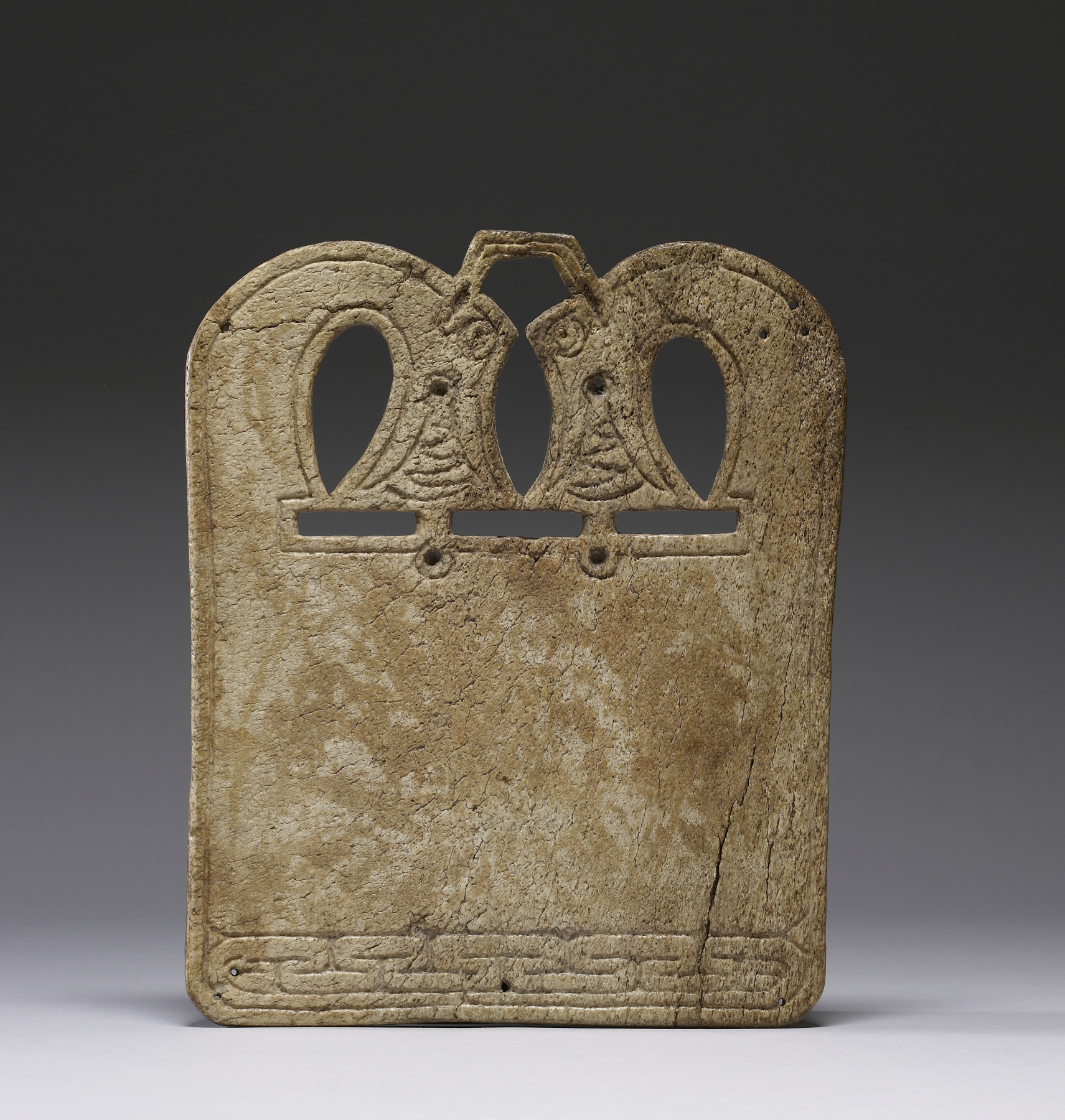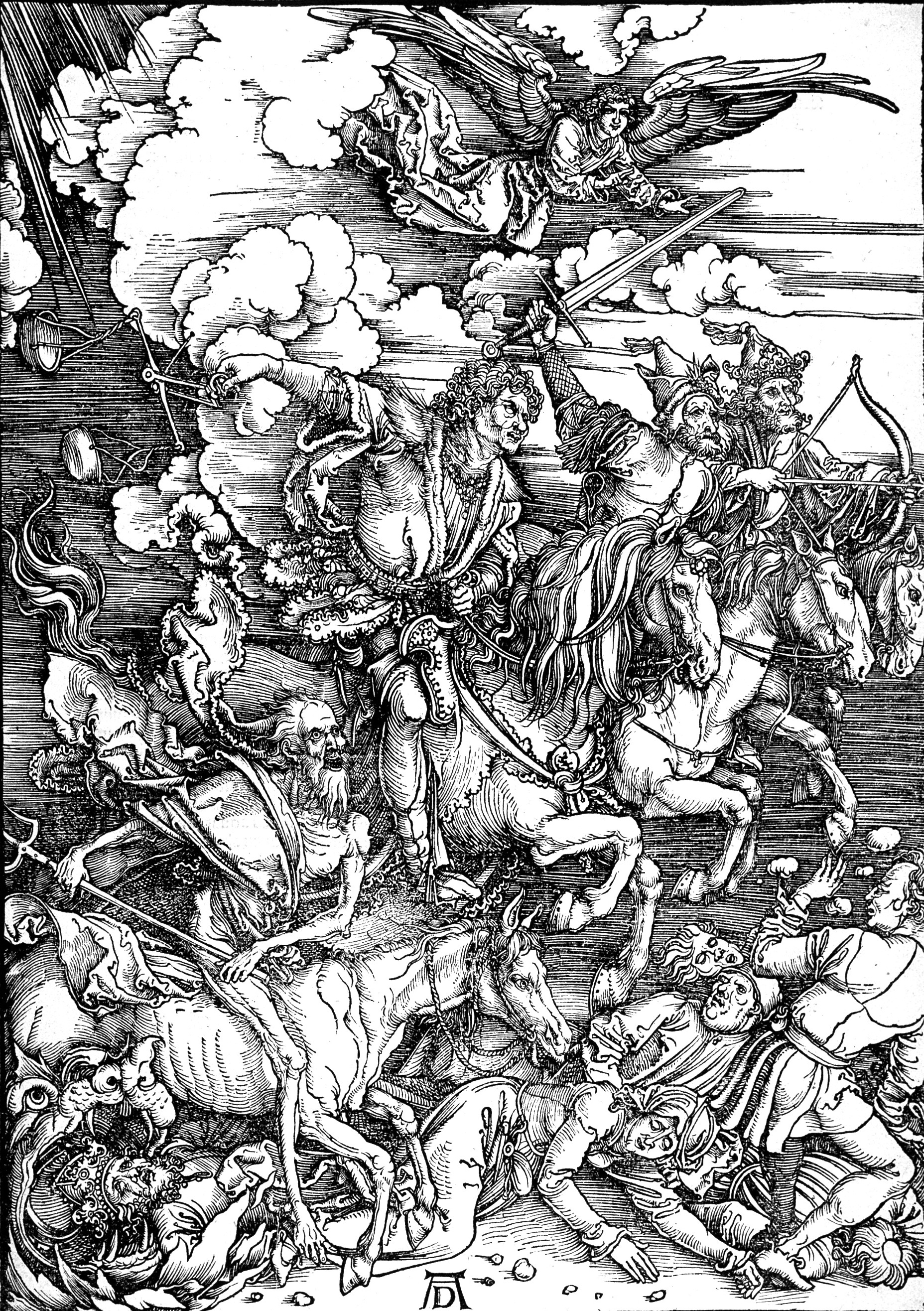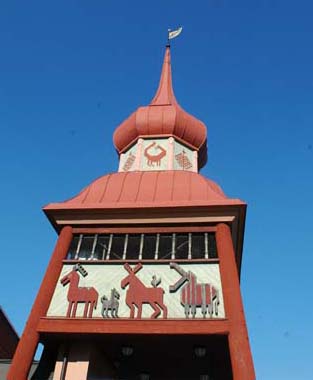|
Ă–verhogdal Tapestries
The Överhogdal tapestries ( sv, Överhogdalstapeten) are a group of extraordinarily well-preserved textiles dating from late Viking Age or early Middle Ages that were discovered in the village of Överhogdal in Härjedalen, Sweden. Discovery and dating The Överhogdal tapestries were found in the vestry of Överhogdal Church (''Överhogdals kyrka'') in the Diocese of Härnösand by Jonas Holm (1895-1986) in 1909 during the renovation of the church. The tapestries were brought to Östersund in 1910 by the artist Paul Jonze (1883-1973) and the County Governor's wife Ellen Widén, who was a dominant figure within the regional heritage movement at the time, took charge. The first thing she did was to give the dirty linen a good wash. Radiocarbon dating tests conducted in 1991 indicated that the tapestries were made between 800 and 1100 AD during Viking Era. Newer tests in 2005 instead indicated a period between 1040 and 1170 AD. Description and construction The Överhogdal tap ... [...More Info...] [...Related Items...] OR: [Wikipedia] [Google] [Baidu] |
Odin
Odin (; from non, Óðinn, ) is a widely revered Æsir, god in Germanic paganism. Norse mythology, the source of most surviving information about him, associates him with wisdom, healing, death, royalty, the gallows, knowledge, war, battle, victory, sorcery, poetry, frenzy, and the Runes, runic alphabet, and depicts him as the husband of the goddess Frigg. In wider Germanic mythology and paganism, the god was also known in Old English as ', in Old Saxon as , in Old Dutch as ''Wuodan'', in Old Frisian as ''Wêda'', and in Old High German as , all ultimately stemming from the Proto-Germanic language, Proto-Germanic theonym *''Wōðanaz'', meaning 'lord of frenzy', or 'leader of the possessed'. Odin appears as a prominent god throughout the recorded history of Northern Europe, from the Roman occupation of regions of Germania (from BCE) through movement of peoples during the Migration Period (4th to 6th centuries CE) and the Viking Age (8th to 11th centuries CE). In the modern pe ... [...More Info...] [...Related Items...] OR: [Wikipedia] [Google] [Baidu] |
Viking Art
Viking art, also known commonly as Norse art, is a term widely accepted for the art of Scandinavian Norsemen and Viking settlements further afield—particularly in the British Isles and Iceland—during the Viking Age of the 8th-11th centuries. Viking art has many design elements in common with Celtic, Germanic, the later Romanesque and Eastern European art, sharing many influences with each of these traditions. Generally speaking, the current knowledge of Viking art relies heavily upon more durable objects of metal and stone; wood, bone, ivory and textiles are more rarely preserved. The artistic record, therefore, as it has survived to the present day, remains significantly incomplete. Ongoing archaeological excavation and opportunistic finds, of course, may improve this situation in the future, as indeed they have in the recent past. Viking art is usually divided into a sequence of roughly chronological styles, although outside Scandinavia itself local influences are ofte ... [...More Info...] [...Related Items...] OR: [Wikipedia] [Google] [Baidu] |
Scandinavian Folklore
Nordic folklore is the folklore of Denmark, Norway, Sweden, Iceland and the Faroe Islands. It has common roots with, and has been mutually influenced by, folklore in England, Germany, the Low Countries, the Baltic countries, Finland and Sapmi. Folklore is a concept encompassing expressive traditions of a particular culture or group. The peoples of Scandinavia are heterogenous, as are the oral genres and material culture that has been common in their lands. However, there are some commonalities across Scandinavian folkloric traditions, among them a common ground in elements from Norse mythology as well as Christian conceptions of the world. Among the many tales common in Scandinavian oral traditions, some have become known beyond Scandinavian borders – examples include The Three Billy Goats Gruff and The Giant Who Had No Heart in His Body. Beings A large number of different mythological creatures from Scandinavian folklore have become well known in other parts of the world, ma ... [...More Info...] [...Related Items...] OR: [Wikipedia] [Google] [Baidu] |
Eschatology In Norse Mythology
Eschatology (; ) concerns expectations of the end of the present age, human history, or of the world itself. The end of the world or end times is predicted by several world religions (both Abrahamic and non-Abrahamic), which teach that negative world events will reach a climax. Belief that the end of the world is imminent is known as apocalypticism, and over time has been held both by members of mainstream religions and by doomsday cults. In the context of mysticism, the term refers metaphorically to the end of ordinary reality and to reunion with the divine. Various religions treat eschatology as a future event prophesied in sacred texts or in folklore. The Abrahamic religions maintain a linear cosmology, with end-time scenarios containing themes of transformation and redemption. In later Judaism, the term "end of days" makes reference to the Messianic Age and includes an in-gathering of the exiled Jewish diaspora, the coming of the Messiah, the resurrection of the righte ... [...More Info...] [...Related Items...] OR: [Wikipedia] [Google] [Baidu] |
Skog Tapestry
The Skog tapestry ( sv, Skogbonaden or ''Skogtapeten'') is a medieval textile work of art which was discovered in Skog Church in Sweden in 1912. Its subject matter remains a matter of discussion. The tapestry is presently housed in the Swedish History Museum in Stockholm. History The tapestry was discovered in 1912 by Frans Rodenstam and Erik Salvén, who were on a tour of churches in Hälsingland looking for textile church art for an exhibition. At the time, the tapestry was used as a cloth and was wrapped around a bridal crown in the attic of Skog Church. It was in a poor shape and was sent for conservation to Stockholm, where it was professionally treated by Agnes Branting. It is presently kept at the Swedish History Museum in Stockholm. Using radiocarbon dating, researchers have concluded that the tapestry was made sometime between 1240 and 1410, and most probably during the late 13th century. The original location of the tapestry is unknown; a chapel was built in Skog ... [...More Info...] [...Related Items...] OR: [Wikipedia] [Google] [Baidu] |
Grödinge Tapestry
Grödinge tapestry ( sv, Grödingebonaden) is a type of handwoven tapestry that is on display at the Swedish History Museum in Stockholm, Sweden. It originates from the Grödinge Church (''Grödinge kyrka'') in the Diocese of Strängnäs at Botkyrka Municipality in Södermanland County, Sweden. The tapestry was donated to the Swedish History Museum in 1910.''Svensk uppslagsbok'' Malmö, 1932. History The weave has been dated to the 15th century. The tapestry is made in a weaving technique called double cloth (''finnväv''), and it has a symmetrical square pattern in blue and white with lions, griffins and eagles or falcons, as well as dragons along the lower edge. All animals are depicted in profile and in the same direction. The dragons along the lower part of the tapestry are linked to each other with their long tails. The patterns on the Grödinge tapestry have been associated to patterns from Byzantium, with clear traces of Scandinavian influences. The Grödinge tapest ... [...More Info...] [...Related Items...] OR: [Wikipedia] [Google] [Baidu] |
Jämtland
Jämtland (; no, Jemtland or , ; Jamtish: ''Jamtlann''; la, Iemptia) is a historical province () in the centre of Sweden in northern Europe. It borders Härjedalen and Medelpad to the south, Ångermanland to the east, Lapland to the north and Trøndelag and Norway to the west. Jämtland covers an area of 34,009 square kilometres, 8.3% of Sweden's total area and is the second largest province in Sweden. It has a population of 115,331, the majority of whom live in , the area surrounding lake Storsjön. Östersund is Jämtland's only city and is the 24th most populous city in Sweden. The historical province is one of the least densely populated. Jämtland was originally an autonomous republic,Ekerwald, Carl-Göran (2004). ''Jämtarnas historia'' (in Swedish), 124. "Svaret är att Jämtland före 1178 var ett självständigt bondesamfund, "dei vart verande ein nasjon för seg sjöl", för att nu citera Halfdan Koht.. Jämtland var en bonderepublik.." its own nation with its o ... [...More Info...] [...Related Items...] OR: [Wikipedia] [Google] [Baidu] |
Jamtli
Jamtli is the name of the regional open air museum of Jämtland and Härjedalen in Östersund, Sweden. It consists of an open-air museum with historical buildings, and an indoor museum with both permanent and temporary exhibitions. “Jamtli” literally means “hillside of Jämtland” in the local dialect. Since the 1980s, the museum has been working with living history in a project entitled ''Jamtli Historyland''. This venture has contributed to make the museum one of the most popular tourist attractions in the region. History Jamtli has its roots in the antiquarian association of Jämtland, established in 1886. After years of preparations led by the County Governor’s wife Ellen Widen, the open-air museum was inaugurated in 1912, and Eric Festin was appointed as its first director. In the early years, the museum focused on collecting and exhibiting historical buildings and items, but also organized courses in folk dance, handicraft and music. The aim was to keep aliv ... [...More Info...] [...Related Items...] OR: [Wikipedia] [Google] [Baidu] |
Norse Mythology
Norse, Nordic, or Scandinavian mythology is the body of myths belonging to the North Germanic peoples, stemming from Old Norse religion and continuing after the Christianization of Scandinavia, and into the Nordic folklore of the modern period. The northernmost extension of Germanic mythology and stemming from Proto-Germanic folklore, Norse mythology consists of tales of various deities, beings, and heroes derived from numerous sources from both before and after the pagan period, including medieval manuscripts, archaeological representations, and folk tradition. The source texts mention numerous gods such as the thunder-god Thor, the raven-flanked god Odin, the goddess Freyja, and numerous other deities. Most of the surviving mythology centers on the plights of the gods and their interaction with several other beings, such as humanity and the jötnar, beings who may be friends, lovers, foes, or family members of the gods. The cosmos in Norse mythology consists of Nine Worl ... [...More Info...] [...Related Items...] OR: [Wikipedia] [Google] [Baidu] |
Ragnarök
In Norse mythology, (; non, Ragnarǫk) is a series of events, including a great battle, foretelling the death of numerous great figures (including the gods Odin, Thor, Týr, Freyr, Heimdallr, and Loki), natural disasters, and the submersion of the world in water. After these events, the world will rise again, cleansed and fertile, the surviving and returning gods will meet and the world will be repopulated by two human survivors. is an important event in Norse mythology and has been the subject of scholarly discourse and theory in the history of Germanic studies. The event is attested primarily in the ''Poetic Edda'', compiled in the 13th century from earlier traditional sources, and the ''Prose Edda'', written in the 13th century by Snorri Sturluson. In the ''Prose Edda'' and in a single poem in the ''Poetic Edda'', the event is referred to as (), a usage popularised by 19th-century composer Richard Wagner with the title of the last of his ''Der Ring des Nibelungen'' ... [...More Info...] [...Related Items...] OR: [Wikipedia] [Google] [Baidu] |









